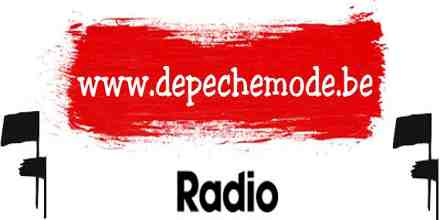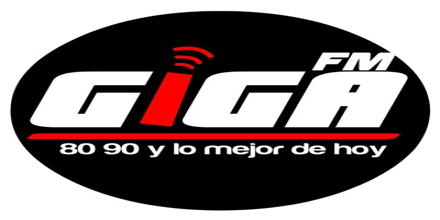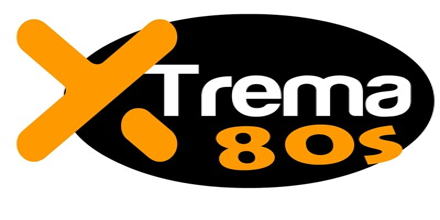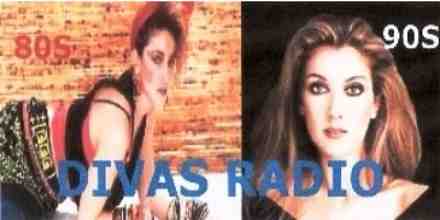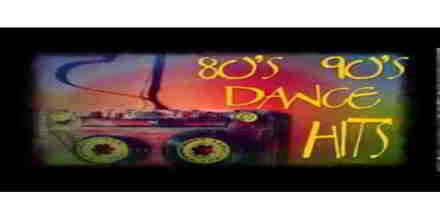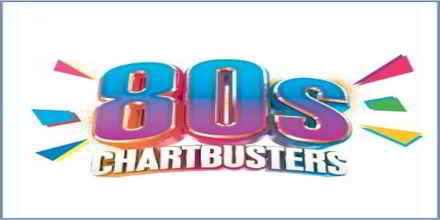The 1980s was a transformative decade for music, marked by technological advancements, cultural shifts, and a diverse array of genres that blended to create a unique sonic landscape. The era is often characterized by its synthesizer-heavy soundscapes, bold fashion statements, and the rise of MTV, which revolutionized how music was consumed and promoted.
Synth-pop emerged as one of the defining sounds of the 80s, with bands like Depeche Mode, The Human League, and Duran Duran leading the charge. These groups utilized synthesizers to create catchy melodies and futuristic textures, often paired with minimalist drum machines and electronic beats. Albums like "The Pleasure Principle" by Gary Numan and "Speak & Spell" by Depeche Mode became anthems for a generation captivated by the cold, mechanical allure of synthesizers.
New Wave, another prominent genre of the 80s, combined elements of punk rock with electronic music. Bands like The Cure, Joy Division, and The Smiths brought a darker, more introspective edge to the decade's soundscape. Songs like "Just Like Heaven" by The Cure and "Love Will Tear Us Apart" by Joy Division showcased the genre's ability to blend melancholic lyrics with infectious melodies.
The 80s also saw the rise of heavy metal, with bands like Metallica, Guns N' Roses, and Iron Maiden pushing the boundaries of the genre. Thrash metal, characterized by its fast tempos and aggressive riffs, gained popularity through albums like "Master of Puppets" by Metallica. Meanwhile, glam metal bands like Mötley Crüe and Poison brought a flamboyant, theatrical element to the stage, complete with big hair and elaborate costumes.
Hip-hop began to gain mainstream recognition in the 80s, with artists like Run-DMC, Public Enemy, and LL Cool J paving the way for the genre's future success. The decade saw the release of seminal albums like "Raising Hell" by Run-DMC and "It Takes a Nation of Millions to Hold Us Back" by Public Enemy, which addressed social issues and political activism through powerful lyrics and innovative beats.
Pop music in the 80s was dominated by iconic artists like Michael Jackson, Madonna, and Prince. Jackson's "Thriller" album remains one of the best-selling records of all time, featuring groundbreaking music videos that pushed the boundaries of visual storytelling. Madonna, known as the "Queen of Pop," reinvented herself multiple times throughout the decade, releasing hits like "Like a Virgin" and "Material Girl." Prince, with his eclectic blend of funk, rock, and pop, created timeless classics such as "Purple Rain" and "When Doves Cry."
The 80s also witnessed the emergence of alternative rock, with bands like R.E.M. and The Pixies laying the groundwork for the grunge movement of the 90s. Albums like "Murmur" by R.E.M. and "Doolittle" by The Pixies featured introspective lyrics and jangly guitars, offering a stark contrast to the decade's more mainstream sounds.
In addition to these genres, the 80s saw the rise of house music, which originated in Chicago and later spread to Europe. Pioneers like Frankie Knuckles and Larry Levan created dance-floor anthems that combined soulful vocals with repetitive beats and synthesizers. The genre would go on to influence electronic dance music (EDM) for decades to come.
The fashion of the 80s was as bold and expressive as its music, with neon colors, leg warmers, and big hair becoming iconic symbols of the era. Music videos, which became a staple of MTV, often featured elaborate costumes and choreographed performances, further blurring the lines between music and visual art.
Overall, the 1980s was a decade of innovation and experimentation in music, with each genre pushing the boundaries of what was possible. From the synthesizer-heavy sounds of synth-pop to the raw energy of heavy metal, the 80s left an indelible mark on the musical landscape, influencing generations of artists to come.
 3.3k
3.3k
 1
United States, Margate 80s 128 kbps MP3
1
United States, Margate 80s 128 kbps MP3 2.6k
Belgium, Brussels 80s
2.6k
Belgium, Brussels 80s


